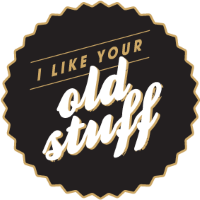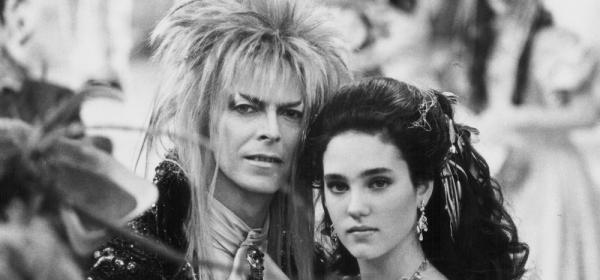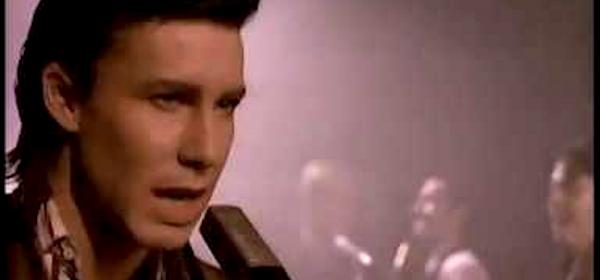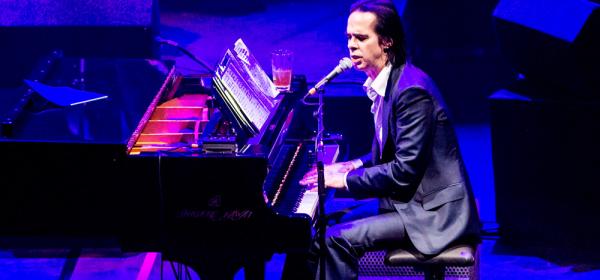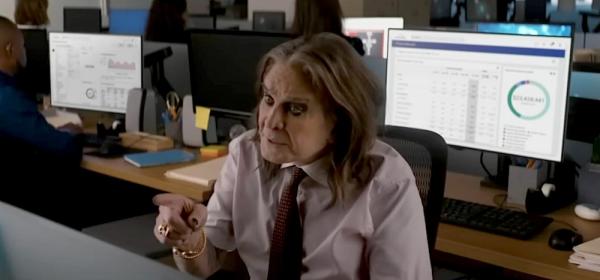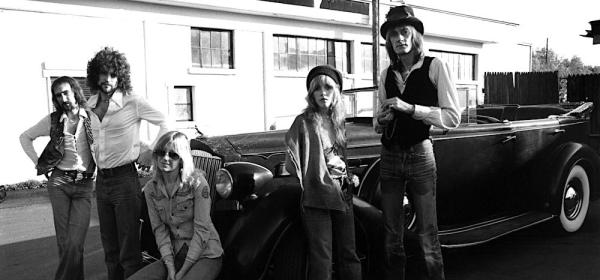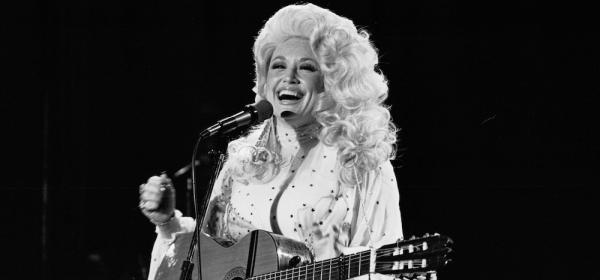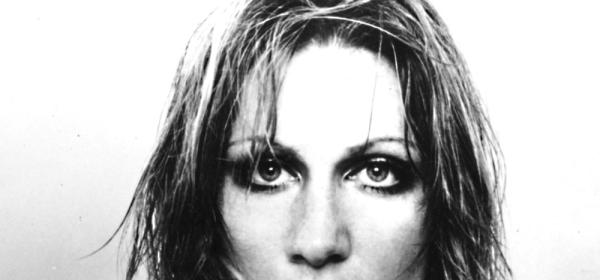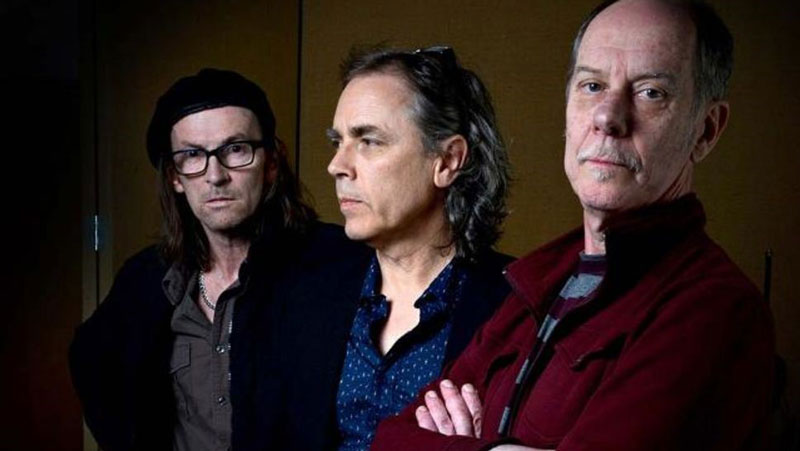
The Models were the golden child of the Melbourne new wave scene when they formed in 1978. Combining members from key earlier outfits Teenage Radio Stars (singer/guitarist Sean Kelly and bass play Pierre Sutcliff aka Pierre Voltaire aka Mr Pierre) and synth-punkers Jab (synth player Ash Wednesday and drummer Johnny Crash), they played spikey punky pop music, with distorted guitar and bubbly synth lines underpinning Kelly's raw vocals and playful tunes. While the Boys Next Door – Nick Cave and pals – were darker and had more credibility with the coolest of Melbourne's inner-city scenesters, the Models didn't care too much about credibility and had a broader appeal. When the Crystal Ballroom on Fitzroy Street St Kilda opened in early 1979, it quickly became and became the centre of the Melbourne punk and new wave scene, and the two bands – the Models and the Boys Next Door – became Ballroom favourites. When the venue decided to do a show with a giveaway single to entice punters, it was the two bands who featured on the record.
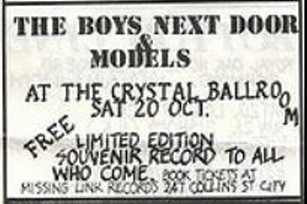
"Early Morning Brain" – back with the Boys Next Door's "Scatterbrain" – was the first Models track released on record. It was given away at a co-headlined show at the Crystal Ballroom on Saturday, October 20, 1979. The song was a live recording – which was not apparent thanks to the tight performance – from the previous month. It featured the band's new line-up, which included new bass player Mark Ferrie, and new synthesizer player Andrew Duffield, who had previously played alongside Ollie Olsen in electronic post-punk pioneers Whirlyworld. Olsen would famously later work with Michael Hutchence under the name Max Q.
Only 500 copies of the single were pressed, and it was an instant collector's item. The Boys Next Door were becoming a significant band nationally. They had already released their debut album Door Door and recorded the subsequent EP Hee Haw (which saw such a drastic overhaul of their sound that Mushroom had dropped them and local indie Missing Link – based out of the influential record store of the same name - signed them). The Models too had an audience beyond those who'd seen them play; local community radio station 3RRR routinely played early recordings of fan favourites like "Whisper Through The Wall", "Atlantic Romantic", and a fabulous cover of "Tonight", from West Side Story.
"Early Morning Brain" was a great track and deserved to be the A-side of a real single, as opposed to a giveaway record. But the band apparently didn't agree; according to writer Ian McFarlane, it was the record that prompted the band to split, shortly after the record giveaway gig. Regardless, the group was subsequently offered studio time by Alberts in Sydney for a demo session – they'd already done one for EMI, including the great "Owe You Nothing", which would feature on a second Models' Crystal Ballroom giveaway single in 1980 - so they quickly reformed and played their comeback gig to a full Ballroom on New Year's Eve.
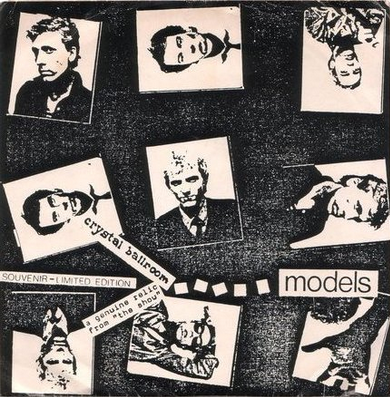
Within a year the Models would be signed to Mushroom and their first album, the memorably entitled Alphabravocharliedeltaechofoxtrotgolf, would be in the stores and doing nicely. Some of the band's original fans were a bit dismayed that their initial set of songs had basically been discarded and the album featured previously unheard songs. At least "Atlantic Romantic" made it onto the subsequent Cut Lunch EP – and those who still remembered were rewarded with a collection of the early material, entitled Melbourne, that was eventually released in 2001. But the album was the right thing at the right time; a truly singular collection of material that bears no comparison to anyone or anything, of the era or otherwise. It would position the band well for their eventual massive success in 1983 with Pleasure Of Your Company.
To find out more about the early days, ILYOS caught up with bass player Mark Ferrie, who joined the band in time to appear on "Early Morning Brain", and who was with the group as they started building their success. Mark would eventually leave in 1982 – his replacement was another of Sean Kelly's old bandmates from Teenage Radio Stars, James Freud. Mark would go onto help from the notorious Melbourne outfit the Sacred Cowboys, amongst numerous other things. These days he's playing in the reformed Models, and of course, he's been with the Rockwiz Orchestra since the beginning too.
We'll catch up with Mark again soon to talk about the band's early Mushroom era; in the meantime here's the lowdown on his own early days, on "Early Morning Brain" and on the band's fledgling success on the Melbourne inner-city pub scene.
Mark, before you joined the Models, you'd played in country-rock outfit Myriad! Obviously, times were changing in 1979. Did the move to the Models reflect your changing interests?
Musical boundaries were a lot more porous back then. I actually started playing with Carrl (Myriad) not because I was a huge country rock fan but because I'd met guitarist Andrew Pendlebury (later in the Sports) and drummer Huck Treloar (later in the Bleeding Hearts) at an audition for a new band that Eric Gradman (Sharks, Bleeding Hearts, Man and Machine) was attempting to put together. The Sharks project with Eric didn't pan out, but Huck knew that Carrl was also trying to start something and invited Andrew and I to try out for that. Through Carrl I was introduced to the music of Gram Parsons, Emmylou Harris, Waylon Jennings, Willie Nelson and Hank Williams (for which I am eternally grateful). Additionally, we had a regular gig at the Station Hotel in Prahran, which was, at that time (1976), the epicentre of what was happening musically in Melbourne.
In short, my decision to play with people has always been based on the chemistry that I had with them as people and players rather than what was in their record collection.
Can you talk a little bit about your early musical influences, and what was going on/what things were like in the late 70s? Assumedly that's when you came in contact initially with Peter Lillie?
The first band I saw locally that really got me going was Daddy Cool. I was 15 or so, and they were on the bill at a free music concert at the Myer Music Bowl along with Billy Thorpe and the Aztecs, Chain, Spectrum and Carson, who were all turgid, 'heavy', progressive blues-rock bands. Daddy Cool (who I'd never heard of) came on at the end of the night, played at half the volume of all the other bands and totally rocked the place with their joyous, irreverent music. A few weeks later 'Eagle Rock' came out, and the rest was history.
I grew up in the western suburbs and was playing out in Williamstown (which had its own music scene then!) in a band called Avalon. We played music either by, or inspired by, the likes of Dr John, Little Feat, the Meters and Allen Toussaint. Avalon ended up scoring gigs on the other side of town at the tail end of the hippy ballroom era, and this is where I first came across Peter Lillie and the Pelaco Brothers, who had the same kind of iconoclastic, swingin', fun vibe that Daddy Cool had. (Note: the Pelaco Brothers also featured Joe Camilleri and Stephen Cummings: check them – and Mark with Peter Lillie & The Leisuremasters, on Festival Records' (When The Sun Sets Over) Carlton collection.) Soon I'd left home to go to study at uni and was living a few blocks away from the Kingston Hotel in Richmond where the Pelaco's were rockin' the joint on a weekly basis. I got to meet Peter there and, a couple of years later, after I'd finished my studies, started playing with him as The Leisuremasters, which was his attempt to move onto something more pop rather than roots based. Peter and I were the nucleus of the band and filled it out with other players when gigs came up. Mostly we had a guy named Pierre Jacquinot on guitar, and occasionally we had Andrew Pendlebury. On drums, we normally had Johnny Crash, fresh from Adelaide punk band JAB. I'd met him at a recording session and immediately clicked in with his explosive playing. Johnny was happy to do the gigs but always too busy to rehearse because he was getting this new thing together called the Models…
Assumedly you'd seen the band – with Mr Pierre on bass – before you joined? What were they like?
I think I saw their second gig, which was at the Crystal Ballroom. I knew Ash Wednesday and Johnny of course, and vaguely knew Pierre but didn't know Sean at all. Pierre and Sean were the two vocalists. Sean had undeniable star quality and his songs really stood out. Pierre had all the punk rock attitude and rock star poses but was pretty unremarkable as a bass player and a vocalist. After the gig Johnny asked me what I thought and confided to me that they didn't think it was panning out with Pierre on bass and would I like to try out. I got together with them, and even though I came from a whole different universe musically and culturally, there was an undeniable musical chemistry and groove between the four of us. There was no musical template as far as I could make out, and we didn't sit around listening to records that referenced our 'new sound'. They just told me (ironically?) that their plan was to be a pop band and be commercially successful. When my sister came to see me in this latest band she thought they were from England because they all seemed to speak with English accents...
Did things change much immediately after you joined?
My first gig with Models was at the Pram Factory in Carlton on New Years Eve 1978. The band had such a clarity, freshness and energy to its sound that we began building a following straight away. I slotted in playing the repertoire that they had gotten together with Pierre but new songs were being added almost on a weekly basis. We got a residency at a kinda dive bar on the Upper Esplanade in St Kilda called Bananas. Another regular early gig was upstairs at this place called Marijuana House (run by the Marijuana Party in Brunswick St, Fitzroy) and I expect we were playing at the Crystal Ballroom which was the centre of that whole punky new wave scene. We did a live to air on 3RRR at RMIT and tracks recorded there were made into carts (cartridges) and played continuously on their radio station afterwards. That really helped raise our profile (as well as Triple R's).
We got to support The Stranglers when they toured. They were the first band of that English punk ilk to make it out here. After cancelling out of their gig at the Ballroom and we got to headline - that was a big night. Not long after that we set out on our first interstate tour to Sydney and Brisbane. There was no 'national youth broadcaster' like Triple J in those days, just the rock press and the fledgling street press, and the rapturous response that we'd built up in Melbourne didn't communicate itself immediately to those scenes who had their own things going on. As in many things, even to this day, if you are from Melbourne, the rest of the country automatically resents you and thinks you are up yourself. Some people in these places did get it, but by and large, it was pretty arduous, and over the course of the tour the group split into two factions with Ash and the band's manager Karen Marks in one corner and the rest of the band and the road crew in the other. By the time we got back to Melbourne Karen and Ash had split and we drafted in Andrew Duffield from Whirlywirld on keyboards.
Had you seen Sean play with James in Teenage Radio Stars, and Johnny and Ash together in Jab? Had you seen Andrew in Whirlywirld? What did you think of those bands, and who were your favourites – and maybe some least favourites – of that era?
I don't recall seeing the Teenage Radio Stars but saw JAB a few times. Ash had a really cool, hard edged, uncompromisingly modern feel to his playing and onstage persona. His stark, minimal approach to keyboards and synth was unlike anything I'd ever seen or heard. And Johnny's manic energy behind the drum kit was incendiary. It's a shame that it is mainly songwriters and front people who go down in the musical history books because the excitement that John created when he performed literally lit up the whole scene.
I didn't ever see Andrew perform with Whirlywirld, but I thought their single 'Window to the World' was cool. I regularly saw the later version of Whirlywirld when they lived in North Carlton around the Little Band scene and thought they were great. I loved the Primitive Calculators too (much to their chagrin, as they wanted everyone to hate them).
Coming from an experimental/art background Andrew took a little while to feel comfortable being in a pop band like the Models playing gigs week in, week out, but ultimately his keen sense of melody, dexterity on the keys and vocal harmonies proved to be the perfect counterpoint to Sean's angular songwriting and guitar playing.
Elsewhere on the scene I always dug the bands that Eric Gradman fronted like the Sharks, Bleeding Hearts and Man + Machine. Martin Armiger and the High Rise Bombers were cool too. Further afield I really liked the Reels and thought that most things that Ian Rilen involved himself in were pretty great. I didn't really get the whole slew of Sydney bands that emerged in the wake of Radio Birdman. When the Models first toured Sydney they were everywhere. We were definitely the round peg trying to fit into a square hole there.
Not long after you joined the band's first release came out – the Crystal Ballroom giveaway split single with the Boys Next Door. Any reflections on that single, and on the Boys Next Door and the Ballroom scene?
The single was just a promo idea to get people to the gig, probably cooked up by Laurie Richards who would have been running the venue by then. It certainly wasn't some big artistic statement, more a gimmick to get people in the door. There was a whole throwaway, disposable ethic at that time and the single tapped into that mood. I think the Boys Next Door just put something down on a four-track in their rehearsal room and we had Mark Woods, our sound mixer, record some songs onto a reel to reel at a live gig at the Tiger Room in Richmond. We chose 'Early Morning Brain' because it was our newest song and we'd just started to play it live.
Needless to say, the Ballroom gig was packed out, and mostly with our fans. The Boys Next Door, however, claimed to win the day because their relatively small and insular fan base was considered to be more discerning and of a superior quality than the suburban hordes that the Models attracted.
The band split up not long after but then reformed. You did some demos for Alberts I believe? Anyone else interested?
The Boys Next Door expressed the opinion that the keyboards on the Models track on the giveaway Ballroom single were out of tune. This mortified Andrew and caused the band to split up momentarily. Sean, Andrew and I all ended up working in a plastic pipe factory in North Carlton, so we were still in contact. When word came down to us that Vanda & Young were interested in the band, we hightailed it up to Sydney to record some demos at Alberts Studios with one of their underlings, Les Karski, behind the controls. They offered us a contract straight out of the '60s with an embarrassingly low royalty rate, and even though we were huge fans of Harry and George's work, we didn't immediately jump at it.
This set in motion a kind of bidding war with all the other major labels, and we had A&R reps from all the labels coming to our shows. We, for the most part, confused them and they confused us. Our then manager Adrian Barker ended up getting sweet-talked into a deal with his old nemesis Michael Gudinski and we found ourselves on Mushroom Records, writing songs for Mushroom Publishing and working live for their agency, Premier Artists.
Melbourne readers can catch the Models playing a rare matinee show at the Croner Hotel in Richmond, on Sunday, November 3.
